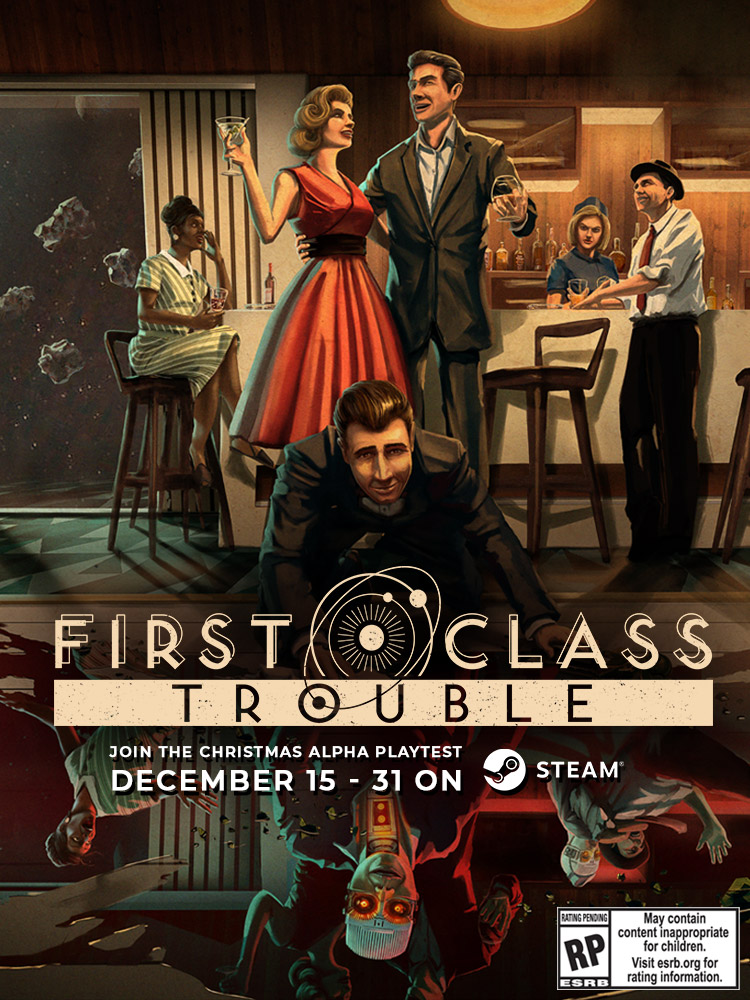

Protective tape covered the aircrafts’ belly antennas, which were vulnerable to dirt runways. The C-130s’ Coast Guard markings were removed with the words “U S Coast Guard” blacked-out, “POLICIA” painted on their sides. The theory was that the flare would cause the heat-seeking SAM to follow the flare and not the aircraft. If he saw the flash of light from a SAM, he would fire a marine grade distress flare. An aircrew member sat on the C-130s’ rear ramp. For lack of advanced technology, the Coast Guard crews improvised. It was thought that The Shining Path had acquired various surface-to-air missiles (SAMs) and the C-130s had no defense against SAMs. Next on the agenda was Sidewinder Mis sile evasion training. The blanket squares were set in panels and, with modified landing procedures, provided a higher degree of protection than flak vests. The Coast Guard C-130s had no protection against incoming rounds, so the local command purchased Kevlar bulletproof blankets. The crews would be flying into a “hot area” with a high risk of taking small arms fire. Operation Jester required training, equipment and tactics not familiar to Coast Guard aircrews and there was very little time to provide it to them. Ed Park responded “You’ve got to be fooling me!” From this astonished statement, the name operation’s name “Jester” was born. At the initial Coast Guard operations brief, Cmdr. At the operations level, this mission required a series of daily flights from Lima and other locations to the remote airbase in the Andes under threat from Shining Path forces. However, this time the assignment was far beyond the service’s normal mission. The Coast Guard previously flew helicopter engines and, in one case, a helicopter into Lima in support of the DEA. DOS stressed the immediacy of the situation, so Coast Guard Commandant Paul Yost agreed to the mission and Air Station Clearwater provided a C-130 and aircrew. DOS requested Coast Guard assistance to provide an air bridge between Lima and the airfield in Santa Lucia for two months using its HC-130 “Hercules” aircraft. Building the airfield, more than any other factor, would allow counterdrug aircraft to be used more effectively.Ĭonstruction of the airfield began in 1998 with fixed-wing aircraft flying personnel, equipment, and supplies from Lima, Peru, to the base several times each week. The counterdrug operation became part of a larger Department of State (DOS) operation labelled “Snow Cap.” DOS contracted with the private contractor National Air Transport Incorporated (NATI) to build and provide security for the base. Building, equipping, and manning a strategic airfield in the Huallaga Valley became the DEA’s responsibility. The Peruvian government became embroiled in a civil war and drug interdiction was no longer the top priority. They provided protection to the farmers, but collected a tax for doing so. In 1986, Shining Path guerillas took control of the Huallaga Valley’s coca fields.

The Shining Path began as a means to stop ongoing social injustices and abuses the Indigenous people of Peru faced. A Maoist guerilla movement, the Sendero Luminoso, also known as “The Shining Path,” took root in the jungles. This initial success did not last.Īt that time, the primary coca-growing and drug-trafficking activities in Peru were in the Upper Huallaga Valley. In 18 months, these troops destroyed 36 laboratories and 150 airstrips, and seized 70 trafficking planes and 30 tons of coca paste. Peru dispatched its army to remote areas to locate and destroy the cocaine laboratories.

In November 1985, under the Peruvian government, drug interdiction proved successful. The Reagan Administration and Peru’s government began collaborating on anti-drug programs within Peru. government began implementing policies to reduce the amount of cocaine flowing into the country. During the mid-1980s and 1990s, Peru grew 60% of the world’s coca crop, most of it being processed into a cocaine base and flown to Colombia to make cocaine for shipment to the United States and Europe. At the time, the DEA was focusing on heroin. In 1980, cocaine was not yet on the Drug Enforcement Agency (DEA) radar screen.


 0 kommentar(er)
0 kommentar(er)
